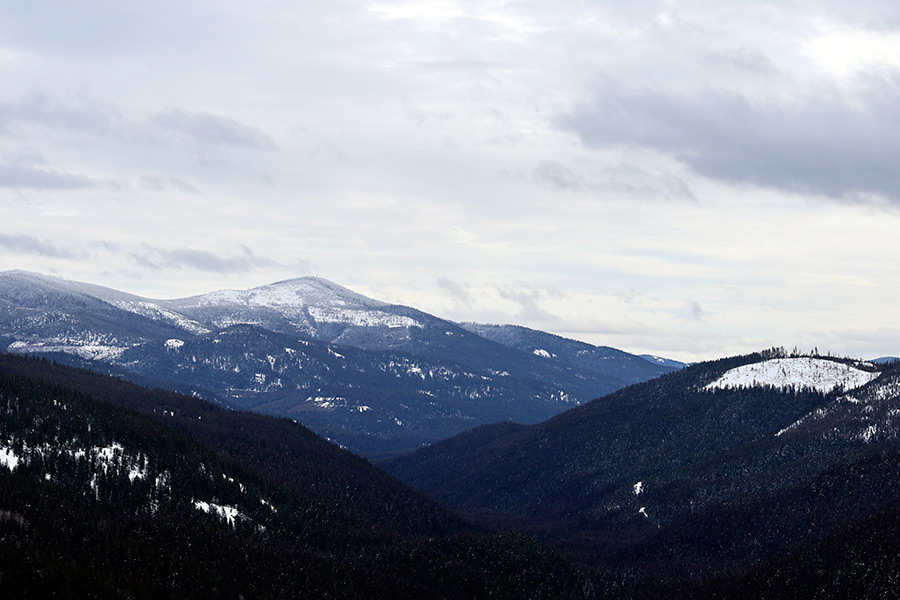An environmental group filed a lawsuit in U.S. District Court on Feb. 9 in an effort to force the U.S. Fish and Wildlife Service to furnish increased federal protections on an isolated population of grizzly bears in the Cabinet-Yaak ecosystem.
Grizzly bears were listed as threatened under the U.S. Endangered Species Act in 1975, but bears in the Cabinet-Yaak ecosystem have been slower to recover than populations occupying other distinct regions, including areas near Glacier and Yellowstone national parks.
The Missoula-based conservation group Alliance for the Wild Rockies challenged the Fish and Wildlife Service in federal court, saying the agency failed to apply scientific rationale in its decision not to reclassify the Cabinet-Yaak population as “endangered” in 2014.
“The agency’s cursory one-paragraph decision that the imperiled Cabinet-Yaak grizzly bear no longer qualifies as ‘endangered’ fails to cite a single scientific paper or other source of evidence,” Michael Garrity, the organization’s executive director, stated in a news release.
“The population of Cabinet-Yaak grizzly bears is simply not recovering,” he added. “Instead, mortalities are increasing and the population is likely dropping.”
The Fish and Wildlife Service in 1991 concluded that the population warranted an “endangered” listing, but in 1993 issued an order that the enhanced listing was “warranted but precluded.” The agency issued a similar decision in 2013, prompting Alliance for the Wild Rockies to sue in 2014.
Later that year, the Fish and Wildlife Service found that the listing was not warranted, citing improvements in the population trend from “declining” to “stable.”
The suit also alleges that the agency has maintained the bears’ “threatened” status to avoid delineating critical habitat, which was not required at the time of the original listing.
Recent estimates of the Cabinet-Yaak’s grizzlies have been at or less than half of the target recovery population of 100 bears. A report in 2012 estimated 45 bears occupying the region.
Wayne Kasworm, the U.S. Fish and Wildlife Service recovery coordinator in Libby, said augmenting the sparse Cabinet-Yaak population with transplanted bears – an effort begun in 1990 – has finally started to take hold. But every bear lost to human-caused mortality is a blow to the Cabinet-Yaak contingent.
Although their numbers are climbing out of the “negative territory” for the first time in decades, wildlife officials say human-caused mortalities continue to plague the tenuous population, which is estimated to number between 40 and 50, with a projected growth of 1.4 percent annually.
In contrast, the robust grizzly populations of the much-larger Northern Continental Divide Ecosystem (NCDE) and the Greater Yellowstone Ecosystem each have more than 1,000 bears, and are growing at an annual rate of roughly 3 percent.
